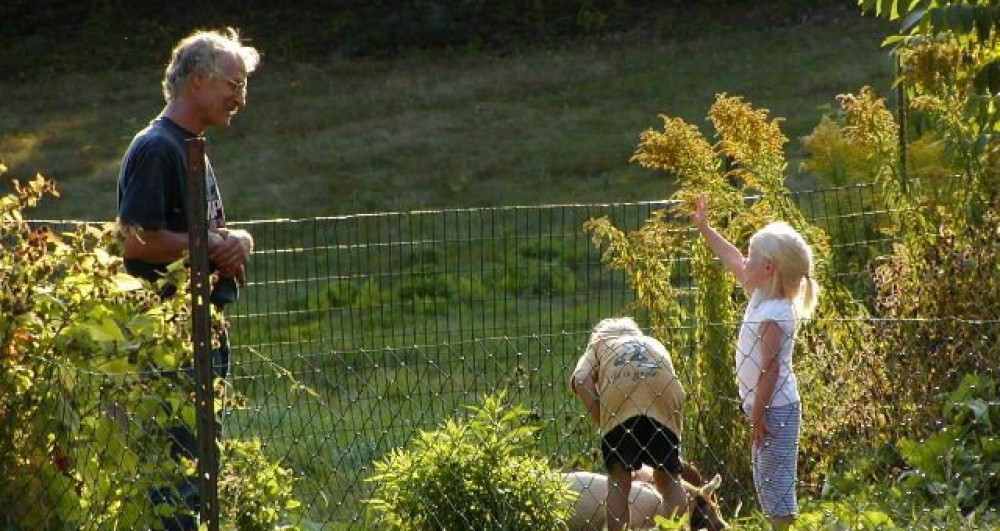An extraordinary plume of above-normal (but still sub-freezing) air is pouring up to the Pole from the Atlantic. The spike in the mean-temperatures-above-eighty-degrees-latitude graph, if not “unprecedented”, is highly unusual.

This is caused by high pressure towards Eurasia and low pressure towards Canada and Greenland creating a roaring south-to-north flow from the North Atlantic over the Pole.
However, as I have pointed out to the point of sounding like a broken record, (IE “repetitive”, (for those of you too young to have experienced a record skipping on a record-player, and who think a “broken record” involves record temperatures), ) we do not get these milder-than-normal temperatures at the Pole without the displaced cold air freezing the socks off people in more southern latitudes.
The big high-pressure over the Eurasian side of Arctic Sea has a southern side, which creates the east winds of Mordor, bringing Siberian bitterness west into Europe. Here is a map from an Italian Site, worried about what is looming.

I’ve been watching the UK Met maps, and must comment that they do a bad job of showing the east winds from Mordor. They never show a cold front progressing from Siberia to England. The isobars hint at the deepening chill, and at daffodils ducking back down into the dirt, but the fronts they draw on their maps give no clue. Here is their map for this coming Sunday.

The BBC is reporting the Met Office is issuing “amber alerts”. (Hat tip to https://www.iceagenow.info/ ).
http://www.bbc.com/news/uk-43167583
Parts of Germany may see a fortnight pass before temperatures get back above freezing. Expect headlines.
North America will also likely see the displaced arctic air swooping south, though it may take longer to develop. It is already cold in the west, but, if the pattern develops as the veteran forecasters D’Aleo and Bastardi are forecasting at the Weatherbell site, the east of the USA may make headlines in early March, as a classic negative NOA builds high pressure over Canada and Greenland and low pressure off the east coast.

The thing which I think may be a fly in the ointment is that nothing is truly “classic” in the current situation. Why not? Because the sun has gone “quiet”. All our hard-gleaned wisdom, that goes into what we define as “classic”, is based around much that is dependent on the sun being “noisy”. But the sun’s face has gone blank. (After a couple spots rotated across its face, and gave the earth a small blast in passing, the sun’s face is again spotless.)

In fact the current sunspot cycle (#24) resembles the sunspot cycle at the start of the Dalton Minimum in 1798 (#5).

Much that we describe as a “classic” weather pattern is therefore subject to a degree of doubt. Patterns may not behave as they behaved in the recent past, but rather as they behaved in 1798. And we have poor records from that long ago.
This does not render old-school forecasters obsolete. Some rules do not change. The freezing point of water remains the same, and so on and so forth. However I think we should expect the unexpected. Forecasters should stay on their toes, and as soon as they become aware a pattern is not behaving in a “classic” manner, they should use all their wisdom to gather an idea (called “a forecast”) of what the pattern actually is up to.
The thing to watch for in the current situation is the building of the “classic” blocking-high-pressure of a negative NAO over Canada and Greenland. If it fails to form, expect the unexpected.
There is another thing fun to watch for, in the current situation. There are certain Alarmists who will note the milder-than-normal temperatures over the Pole, and will make a great big media event over announcing the planet is facing Global Warming, and they will stage this event in some locale roughly a half hour before the winds from Mordor arrive from the east, and a howling blizzard ensues. People leaving the press conference will get stuck in the snow.
If this classic scenario fails to form, I will be deeply disappointed, for I confess I find such spectacles deliciously entertaining.

















